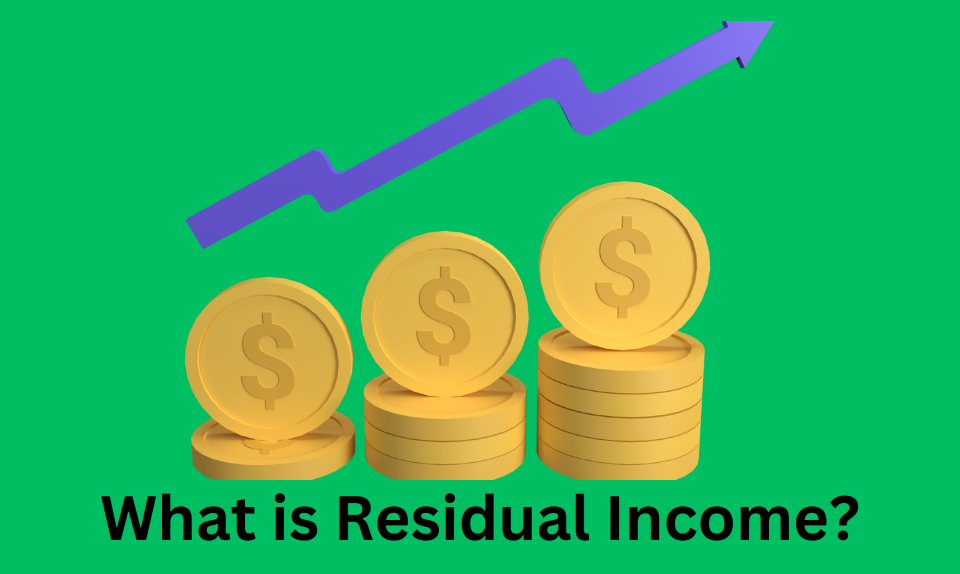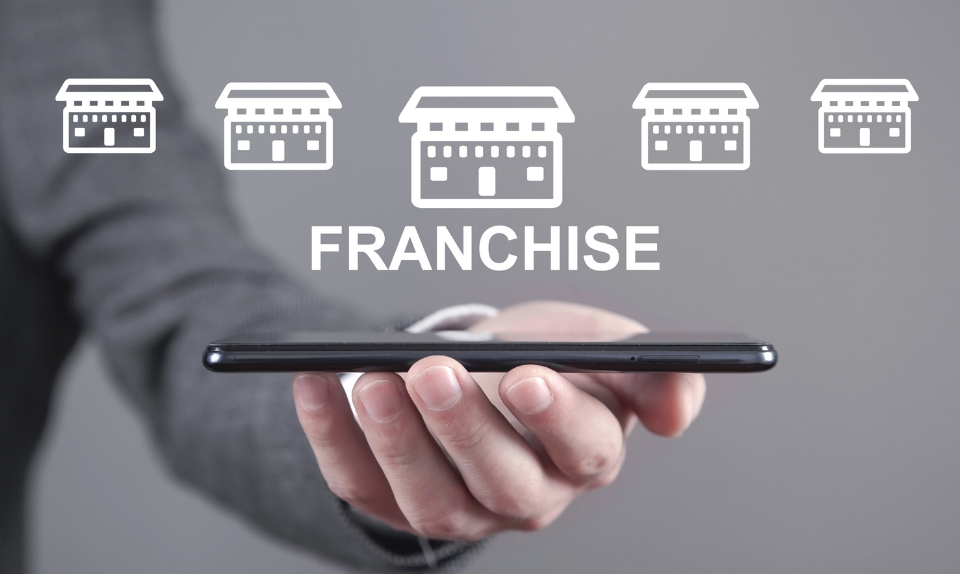Valuing a Business – Important Methods to Know

What Are Synergies? Cost, Revenue, and Financial Synergies Defined
October 11, 2023
Private Equity Firm GTCR Acquires FIS Merchant Services Business (Worldpay)
October 13, 2023Valuing a business or a company can be a complex task. It requires a deep understanding of various factors. This skill is crucial for business leaders in the financial domain. However, how exactly do finance experts arrive at a single value for assets?
In this article, we’ll explore popular financial terms and techniques for evaluating businesses. Additionally, we’ll discuss some methods in detail that are essential for valuing a business.
Valuing a Business – Understanding The Process
Business valuation is always a hot topic in the corporate and finance word. The topic becomes even more relevant when a company plans to sell or merge its operations. Valuing a business involves determining its current worth using objective measures and considering all aspects of the enterprise.
A business valuation demands analyzing various aspects, such as the company’s management, the earnings potential in the future, the market value of its assets, and capital structure. The tools used for for valuing a business can vary among evaluators, industries, and businesses. Common methods include examining financial statements, employing cash flow models with discounting, and comparing the company to similar entities.
Additionally, business valuation also holds significance in tax reporting. The IRS mandates that businesses be valued based on their fair market value. Certain tax related events, such as the purchase, sale, or gifting of the company’s shares, are subject to taxation, depending on the valuation.
When Is Business Valuation Necessary?

Business valuation is a crucial process for any company, and there are specific situations where it becomes mandatory. These include:
- For any mergers or acquisitions
- When it comes to selling a company/organization
- To attract potential Investors
- To attract more shareholders
- Tax Requirements
In addition to the scenarios mentioned above, there are other circumstances where a business evaluation is essential. These include going through a divorce, seeking a new business partner, or renegotiating partnership percentages. Business valuation becomes nearly indispensable in such cases.
Running a business often involves making challenging decisions. Being well-versed in fundamental processes, like understanding various valuation methods, can make an entrepreneur’s journey smoother.
The Company Valuation Process Simplified

The company valuation process varies depending on the chosen method, but the ultimate goal remains constant: to determine the intrinsic value of the company.
The method used for business valuation can vary based on the specific company and the evaluator conducting the process.
In most cases, valuation professionals prefer to employ a combination of methods to arrive at a comprehensive valuation. Among these methods, the two most commonly used are comparable transactions and the DCF method.
These methods are favored not only for their widespread understanding but also because obtaining the necessary data and numbers is relatively straightforward. In contrast, methods like real options valuation present greater challenges in objectively ascertaining the underlying company valuation figures.
7 Effective Methods Of Business Valuations

There are several methods available to value a company, and we’ll explore a few of them here.
1. Analysis Of Discounted Cash Flows (DCF)
Another method for valuing a company is by using DCF, a technique regarded as the gold standard of valuation in finance.
DCF analysis involves estimating a company’s or investment’s worth based on the money it is expected to generate in the future. This calculation determines the present value of future cash flows, considering both the discount rate and the analysis period.
The formula for DCF is as follows:
DCF = Terminal CF / (1 + Capital Cost) Number of Years in Future
The advantage of discounted cash flow analysis lies in its ability to reflect a company’s capacity to generate liquid assets. However, its accuracy hinges on the terminal value, which can vary depending on the assumptions made about future growth and discount rates.
2. Calculating Book Value
Calculating the book value of a company using data from its balance sheet is a simple and effective way to determine its worth. Warren Buffett, a notable investor, has often stressed the significance of liquidation value, which is essentially the same as book value. This approach helps evaluate whether businesses are overvalued in the stock market.
The liquidation value refers to the total cash that a business would receive by settling all its debts and selling off its assets immediately.
It’s important to note that considering this method as a comprehensive business valuation is not always recommended, as there are flaws in many ways. It provides the value of only a portion of the business.
However, it can give you an idea of the measure of error associated with a valuation. The rationale behind this approach is that even in unfavorable scenarios, such as poor management or a significant drop in sales after acquisition, a company can still rely on its liquidation value as a fallback option.
3. Valuation Based On EBITDA
When financial analysts assess a company’s earnings, they often steer clear of raw net income profitability. Various accounting conventions can influence this figure and may not provide an accurate depiction of the true financial health of a company.
Enter the EBITDA multiplier, a smart solution to mitigate the subjectivity often associated with valuation methods. The EBITDA multiple provides a simple and effective approach to determining the value of a business. It involves multiplying the current year’s EBITDA (Earnings Before Interest, Taxes, Depreciation, and Amortization) by a predetermined multiplier agreed upon by both the buyer and seller. This method helps simplify the complexities associated with business valuation.
Even those who think this approach is too basic still find it valuable as a useful reference for their assessments, highlighting its practicality and efficacy in the finance industry.
4. Enterprise Value Method
EV is a key metric used in financial analysis. It’s computed by combining a company’s debt and equity and then deducting the amount of cash that isn’t allocated for business operations.
Here’s the formula for Enterprise Value:
EV = Debt + Equity – Cash
In simpler words, Enterprise Value (EV) is determined by adding a company’s market value and its total debt. To calculate EV, you combine both short and long term debt with the company’s market capitalization and then subtract any cash or readily available funds.
While market capitalization simply represents a company’s price, enterprise value (EV) reveals the cost of acquiring all its shares. This distinction is important for assessing true undervaluation, especially when comparing companies with different capital structures. By considering EV instead of market capitalization, investors can better understand a company’s actual value.
5. Earnings Capitalization Method
Investors utilize the calculation of earnings capitalization as a valuable tool for evaluating the potential risks and rewards of acquiring a company. However, it’s important to acknowledge the limitations that come with this approach. The capitalization of earnings method requires extensive research and access to business data, which may involve making generalizations and assumptions depending on the nature of the business.
Setting a capitalization rate for a business requires extensive research and industry expertise. In the case of small businesses, rates around 25% are commonly used, reflecting the return on investment that buyers typically aim for when considering potential acquisitions.
The capitalization rate formula is:
Capitalization Rate = Operating Income / Purchase Price
First, one must ascertain the annual gross income generated by the investment. Next, deduct the operating expenses to arrive at the net operating income. Finally, divide the net operating income by the purchase price of the investment or property to determine the capitalization rate.
6. Calculating Valuation With Times Revenue
The Times Revenue Method is essentially similar to the EBITDA Multiplier method, with one distinct advantage: it can be applied in situations where EBITDA is either negative or unavailable for various reasons, often due to limited data accessibility, particularly when researching potential acquisitions online.
7. Valuation On Asset-Based Method
The asset-based valuation method, as its name implies, assesses your business’s worth by examining the value of your net assets. This entails calculating the difference between your total assets and total liabilities, a process typically derived from your company’s balance sheet.
Moreover, this approach encompasses two key sub-concepts:
- Going Concern: In this scenario, it’s assumed that the business will continue operating for an extended period and will not be dissolved. The evaluator, in this case, determines the business’s value by subtracting liabilities from assets, resulting in the current total equity of the business.
- Liquidation Value: Conversely, the Liquidation Value approach assumes that the business is ceasing operations permanently and will not continue in the future. Here, the valuation is based on the net cash remaining after settling any outstanding debts and selling off all assets. It’s important to note that this method often yields a lower valuation compared to other approaches.
Choosing the Right Business Valuation Method
It’s vital to recognize that evaluating small businesses differs significantly from big enterprises. Small businesses often grapple with challenges like unclear asset ownership, sole proprietorship reliance, and a lack of reliable records.
Given that over 90% of businesses fall into the SME category, a highly competitive sector, a market-based approach often makes more sense than relying on asset or income-based methods in such cases.
Selecting the right method should not be so complex; instead, it boils down to common sense:
- Data Availability
- Method Suitability
- Desired Detail
Conclusion
The success of any valuation model depends on the accuracy of the data it uses. What ties all the methods discussed here together is that users input numbers into a model and sometimes find that the resulting valuation appears incorrect. In those situations, they would need to make adjustments to the numbers and see the flaws until they reached a value they considered reasonable.
Frequently Asked Questions
Q: How does the process of business valuation work?
Business valuation, also known as company valuation, is the process of determining the worth of a company. During this procedure, various aspects of a company are examined to assess its value.
Q: Why is company valuation important?
Company valuation holds importance in understanding the value of a business. It plays a substantial role for buyers as it provides them with an idea of how much they should consider paying for a company. For sellers, it assists in determining a selling price.
Q: What are the steps involved in valuation?
The first steps encompass defining the purpose of the valuation, selecting the standard by which value will be measured, and establishing both the level and basis for assessing value.
Q: What is one of the methods for valuing a business?
Market capitalization serves as one of the ways to estimate the value of a traded company.




